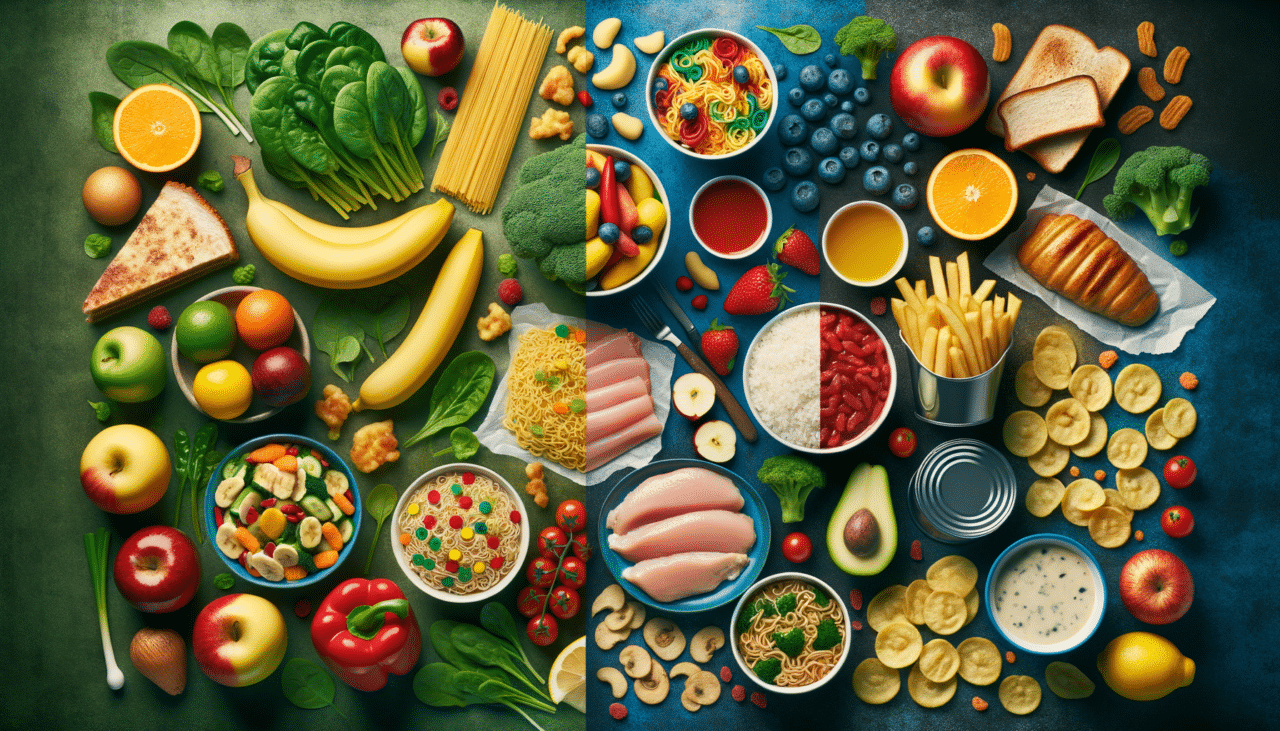Low-Sodium Diet vs. High-Sodium Diet: A Comprehensive Comparison
In the realm of dietary choices, the amount of sodium you consume plays a crucial role in your overall health. The debate between low-sodium and high-sodium diets is particularly pertinent given the rising awareness of cardiovascular health and lifestyle-related diseases. This article aims to provide a comprehensive comparison of the two diets, highlighting their respective benefits and drawbacks, and helping you make an informed choice.
What is a Low-Sodium Diet?
A low-sodium diet is designed to reduce the intake of salt in your daily meals. This type of diet is typically recommended for individuals with hypertension, heart disease, or kidney problems, as high salt intake can exacerbate these conditions.
Characteristics of a Low-Sodium Diet:
1. Sodium Intake: Typically limited to less than 1,500 mg per day.
2. Food Choices: Emphasizes fresh fruits, vegetables, whole grains, and lean proteins.
3. Processed Foods: Minimizes or eliminates processed and packaged foods, which are often high in sodium.
4. Flavoring Alternatives: Encourages the use of herbs, spices, and other salt substitutes to enhance flavor.
5. Health Benefits: May reduce blood pressure, decrease the risk of heart disease, and improve kidney function.
What is a High-Sodium Diet?
A high-sodium diet, on the other hand, includes a higher intake of salt. This type of diet is more common in Western eating patterns due to the prevalence of processed foods.
Characteristics of a High-Sodium Diet:
1. Sodium Intake: Often exceeds 2,300 mg per day, in line with the typical dietary habits in many developed countries.
2. Food Choices: Includes a significant amount of processed foods, fast foods, and snacks.
3. Flavoring: Relies heavily on salt for flavor enhancement.
4. Convenience: Offers quick meal options with ready-to-eat packaged foods.
5. Health Risks: Associated with increased blood pressure, a higher risk of heart disease, and potential kidney damage.
Comparative Table: Low-Sodium Diet vs. High-Sodium Diet
| Aspect | Low-Sodium Diet | High-Sodium Diet |
|---|---|---|
| Sodium Intake | < 1,500 mg/day | > 2,300 mg/day |
| Health Impact | Reduces risk of hypertension and heart disease | Increases risk of hypertension and heart disease |
| Food Choices | Fresh produce, lean proteins, whole grains | Processed foods, fast foods, high-salt snacks |
| Flavoring | Herbs, spices, salt substitutes | Predominantly salt |
| Convenience | Requires more meal preparation | Offers quick and easy meal options |
| Weight Management | Supports weight control due to lower calorie intake | May contribute to weight gain due to high-calorie processed foods |
| Target Audience | Individuals with hypertension, heart disease, or kidney issues | General population with no specific dietary restrictions |
| Cost | Can be cost-effective with home-cooked meals | Potentially higher due to reliance on packaged foods |
Making the Choice
Choosing between a low-sodium and a high-sodium diet ultimately depends on individual health needs and lifestyle preferences. For those with existing health conditions such as hypertension or heart disease, a low-sodium diet may offer significant health benefits and potentially improve quality of life. Conversely, individuals without specific dietary restrictions might find a high-sodium diet more convenient, but it’s important to be aware of the long-term health risks associated with excessive sodium intake.
Conclusion
Whether you opt for a low-sodium or high-sodium diet, it’s crucial to be mindful of your body’s needs and consult with healthcare professionals to tailor a dietary plan that best suits your health goals. Remember, the key to a healthy diet often lies in balance and moderation. For more comparisons and detailed reviews of dietary choices, visit CompareAnything.org, your go-to resource for making informed lifestyle decisions.

Comments (0)
There are no comments here yet, you can be the first!